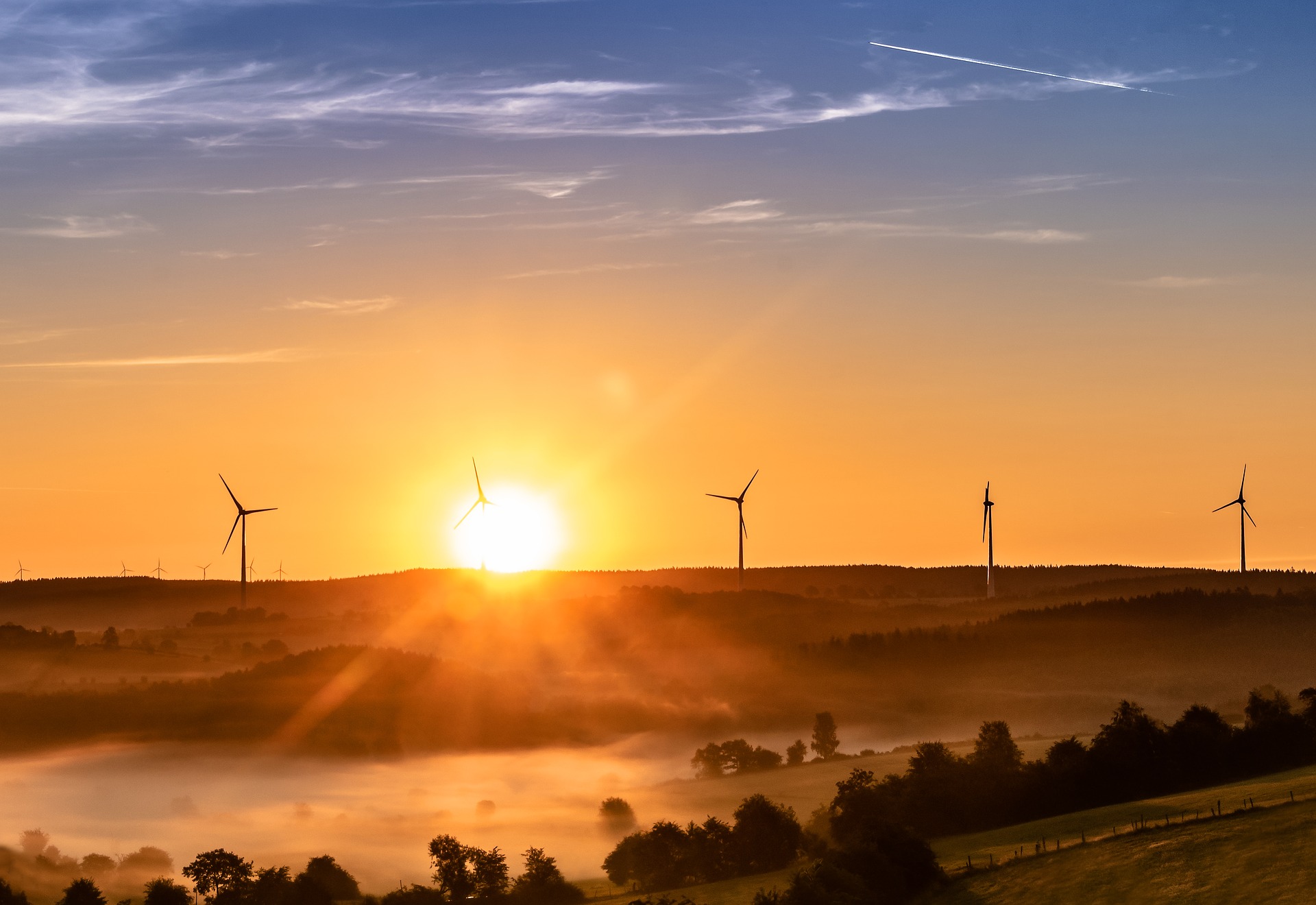COVID Second Wave Can Hit Energy Demand In April-June Quarter

Background:-
- COVID Second Wave Can Hit Energy Demand In April-June Quarter
- Energy demand has dipped sharply as nearly one-third of the global population stayed indoors. Supply of energy, which was already surpassing requirements and thereby putting pressure on prices, has now been deeply impacted by the demand fall-off. The energy industry is naturally not immune to these influences.
- Global energy in 2020 is estimated to decline by 6 % compared to 2019, it has fallen seven times greater than the 2009 financial crisis. the fact that overall energy demand declines, is that the consequences are very complicated in different energy types and consumption patterns of different regions.
- The estimated year-on-year reduction of energy-related CO2 emissions in 2020 has significantly exceeds the reductions of any emergency situations like in history, including the great depression, world wars, oil shocks and recent 2008 financial crisis.
- During the extensive lockdown, CO2 emissions were decreased by 26% on average in individual countries. If the power consumption gap based on prediction in 2020 is considered, rather than the year-on-year reduction,
Linkages:-
- Modi government proposed a plan to boost India’s renewable power capacity to 175 gigawatts (GW) by 2022. This includes 100 GW from solar, 60 GW from wind, 10 GW from biomass and 5 GW from small hydro power.
- That would be more than a four-fold increase from the 40 GW or so that India had at the time. But with just a year left, India looks set to miss the goal: just about 53% of the target has been met, and states that were to be key contributors are lagging.
- When it was announced, the plan seemed to be in step with changing dynamics of the energy industry globally. Yet, India’s capacity addition since then has averaged just about 12 GW per year, far short of the approximate 20 GW that was targeted. Last year, India added just about 7 GW in the pandemic.
- The effect of a lower demand of energy would be more on the thermal generation and distribution segments, considering the low thermal PLFs(plant load factor or capacity utilisation),is giving exposure to short-term power market for thermal energy and the loss of revenue from high tariff-paying customers .
Current situation:-
- Currently the electricity generation increased 23.5 per cent on a yearly basis to 118.6 billion units in March 2021, supported by 29.2 per cent growth in thermal generation, although hydro generation fell 7.8 per cent.
- Electricity generation from renewable sources increased 10.1% to 11.9 billion units in March 2021, with solar generation increasing 21%
- The improvement in energy demand and the reduced generation from hydro and renewables sources have helped the thermal plant load factor (PLF) to increase 66.5 per cent in March 2021.
- Demand for energy commodities has dropped by 25 to 30 per cent during the lockdown, according to KPMG in India estimates, leading to plant closures and inventory pile up. This situation should ease up as lockdown restrictions lift and end-use industries start producing again.
- With the consumption of electricity likely to peak in the coming summer months, there is hope that demand will pick up once again. In its recovery from this crisis, however, the energy sector must tackle important operational inefficiencies to improve the overall financial health of its players.
Impact:-
- With the drop-off in demand in energy, oil and coal are most severely impacted, followed by gas. Transport energy use will never again reach 2019 levels, and the demand for steel and construction materials for office buildings will also be significantly reduced, increased uncertainty of electricity demand posed greater pressure on system operators.
- During the lockdown (i.e. limited restrictions, partial lockdown or full lockdown), there is reduction in many activities, e.g. mobility, economic activity, construction and manufacturing,dropped the global energy demand. The decline in energy demand and consumption brings damage to the energy industry. For example, the COVID-19 pandemic caused bankruptcies of at least 19 energy companies in the United States industry. Government interventions have been implemented promptly for energy industry responses.
- Direct impacts emphasise the impact that occurred on the existing working systems owing to the effects of pandemic. Such impact includes fluctuations in the power demand across all the COVID affected regions.
Governments along with power industries should take precautionary measures so that they can tackle the issues and challenges observed for the smooth operation as well as reshape the energy sector for the future that can overcome future unforeseeable pandemic alike scenarios.
Content Contributed by Vaishnavi Dahivalikar








